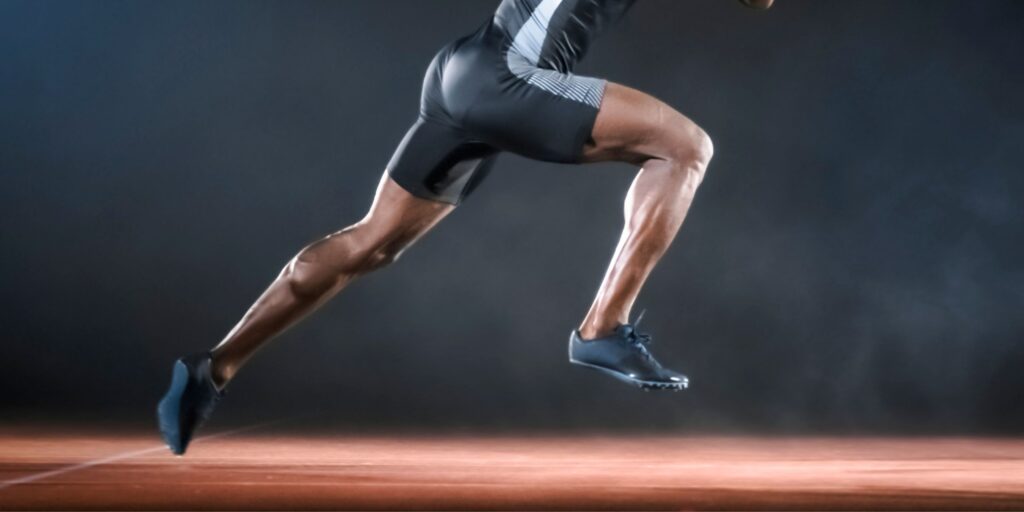
What Is Achilles Tenosynovitis?
In our recent blogs we wrote about Achilles tendinopathy and how to best manage it. Another injury which presents very similar to this and also affects the Achilles tendon is called Achilles Tenosynovitis. So, what do we mean by the term tenosynovitis, and how do we differentiate it from tendinopathy?
Tenosynovitis refers to inflammation around the sheath of the tendon. Think of the sheath as being like a piece of cling wrap that wraps tightly around the tendon. When our muscles contract the sheath slides up and down the tendon, so when there is inflammation around the sheath it causes pain that mimics the pain of an Achilles tendinopathy injury.
When assessing somebody with pain in the Achilles tendon it is important to have an understanding of both tendinopathy and tenosynovitis injuries, as the management of these conditions is very different. In the early stages what helps Achilles tendinopathy can really aggravate a tenosynovitis, even though the long-term management and prevention of both conditions focuses on rebuilding strength.
So, lets look at some simple tests you can use to help determine if you have an Achilles tenosynovitis or a tendinopathy injury, and then what you can do to settle things down and get back to running.
How Do You Differentiate Between A Tendinopathy And A Tenosynovitis Injury?
There are three main clinical tests that we use as physios to help differentiate between Achilles tenosynovitis and tendinopathy.
1. Pain Behaviour During Exercise
The client’s description of how the pain presents provides a lot of information on whether the injury is related to the tendon sheath. Typically pain as a result of a tendinopathy injury will be worst at the start of the activity and gradually improve as you warm up. However, in a tenosynovitis injury the pain will typically worsen as the activity continues.
2. Tendon Palpation And Crepitus
Palpating (i.e. feeling) the tendon is also helpful. Although you cannot differentiate a tendosynovitis from a tendinopathy purely from feeling the tendon (they will usually both be sore), if there is significant ‘crepitus’ (crunching, grating, creaking) around the tendon when you passively move the ankle through a range of motion then that is often a sign there is inflammation around the sheath of the tendon. So, feeling an Achilles tenosynovitis injury will be painful and have crepitus with ankle movement, whereas a tendinopathy will be sore to feel along the tendon but there is not usually any crepitus.
3. Single Leg Calf Raise Test
Typically, people with a tendinopathy injury will not have pain doing a single leg calf raise as there is not enough load on the tendon. However, in a tendosynovitis injury, pain will be felt around the Achilles when going into a calf raise. This is because the inflamed tendon sheath is sliding up and down creating more friction and irritation around the Achilles.
How Do you Manage An Achilles Tenosynovitis Injury?
We discussed in our previous blog post that to overcome an Achilles tendinopathy injury a strength program focussing on the calf muscles was an important component of the recovery journey. However, in the initial stages of an Achilles tenosynovitis injury this is a contraindication because of the friction created around the Achilles. There are 3 main stages of managing Achilles tenosynovitis;
1. Use Anit-Inflammatories And Rest From Aggravating Activities
The initial treatment goal for tenosynovitis is to settle the inflammation. This is achieved by using anti-inflammatory medications and resting from aggravating activities. Anti-inflammatory medication reduces the inflammation around the tendon sheath, but before taking any forms of medication you should consult your GP or pharmacist.
Topical gels can also work quite effectively in this area. We find that the combination of Voltaren gel and Hirudoid cream applied to the area 3-4x day works well. For maximum effectiveness we recommend each night wrapping your lower leg in cling wrap (with the gels applied underneath the cling wrap), and then taking it off in the morning. This helps the gel to penetrate deeper into the area and provides a strong anti-inflammatory effect.
2. Reloading Phase
When the inflammation around the tendon sheath has settled we gradually reload the tendon. You need to monitor the response at each level before progressing to the next stage of the rehabilitation process. The stages we take our clients through in the recovery of an Achilles tenosynovitis are:
- Isometric calf holds
- Single leg calf raises – straight and bent knee (to target both of the muscles within the calf muscle complex, the gastroc and the soleus muscles)
- Running drills
Each stage is designed to put increasing load onto the tendon and we monitor the response around the tendon sheath. The isometric calf hold is chosen as the first loading exercise because there is no movement through range, which reduces the risk of increased friction on the tendon.
Once you are able to complete the isometric holds without any increase in symptoms you can move onto the single leg calf raise routine. This is a good test to see how well the tendon sheath has settled. It is important to point out that although calf raises may be a contraindication in the early stages of this injury, they play an important role later in the rehabilitation plan. We need to remember that this injury occurs due to an inability of our Achilles tendon to withstand the loads we have placed on it. By increasing the capacity of our Achilles tendon, we minimise the risk of this injury reoccurring in the future.
When the single leg calf raises are pain-free we move onto our running drills. These progressively load the tendon in ways that prepare it to withstand the forces associated with running, and are also a good test to determine when you are able to add some running back into your program.
3. Return To Running
Once the reloading process is complete and the running drills are pain-free, a graded return to run program is performed. This needs to be adjusted for each client to take into account their injury history, any residual sensitivity and response to load, strength, and running experience.
Ben Liddy – World Athletics Level 4 Running Coach, Head Of Running Performance

This article was written by Ben, our dedicated running physio and Head of Running Performance. He is a running physio with over 15 years of experience working with athletes of all levels of competition, from Olympic level through to recreational runners. He is a certified World Athletics Level 4 Middle and Long Distance running coach, and coaches our invitational Central Performance Track squad who compete at state, national and international competitions. As an obsessed runner himself Ben really understands the frustration of being injured, and loves working with runners both as a physio and a coach to get them back performing at their best and staying injury-free.
Got a running question or need some advice? Click a button to ask Ben a question or book an appointment online.

